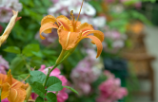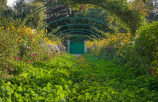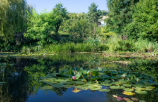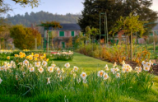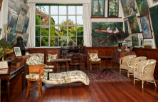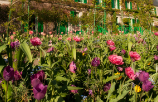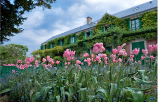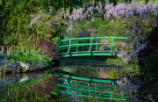Interviews
Gilbert Vahé: “This book is a historical record”
Did you know that a literary event eagerly anticipated by fans of the artist and gardener will take place to celebrate Fondation Monet’s 42nd season? Entitled ‘Le jardin de Monet à Giverny – Histoire d’une renaissance’ (Monet’s Garden at Giverny – A story of revival) (Editions Gourcuff/Gradenigo), this publication was written by Gilbert Vahé who oversaw the estate’s restoration. It can be found on bookstore shelves from the end of March! This ‘bible’ focuses on the vast work site started in 1976 which enabled Fondation Monet to open to the public on 3 June 1980.
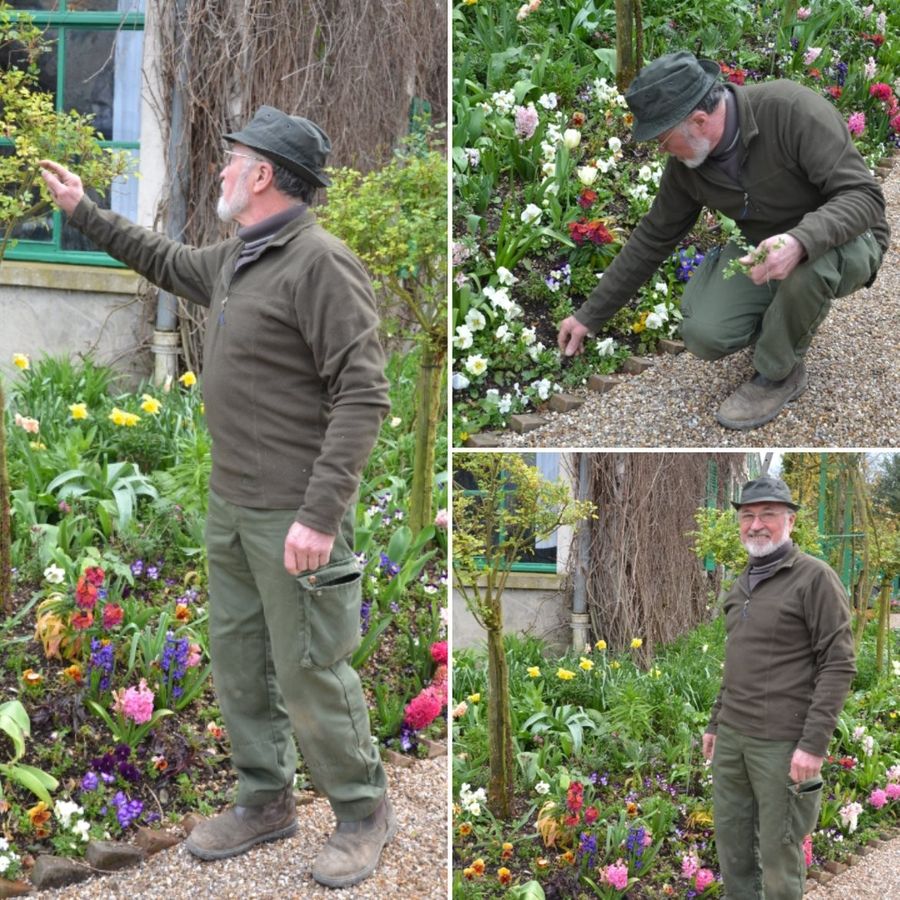
Let’s look back on that…
The artist’s son, Michel Monet, passed away on 3 February 1966. He bequeathed Giverny and the collections it contained to the Académie des Beaux Arts. Jacques Carlu, curator at Marmottan Museum, acted quickly and ordered the first emergency repairs, which included the restoration of the roof. But funds were lacking. The buildings gradually fell into disrepair while the gardens hopelessly withered. But that all changed in 1974, when the Académie des Beaux Arts appointed Gérald Van der Kemp to rescue Giverny. Thanks to the funds raised from American benefactors, as well as budgets allocated by the Académie des Beaux Arts and Eure regional council, the colossal work on the estate started in 1976. And there was Gilbert Vahé, a young gardener and graduate of Ecole d’Horticulture de Versailles, working alongside ‘VDK’ on this crazy, quasi archaeological restoration.
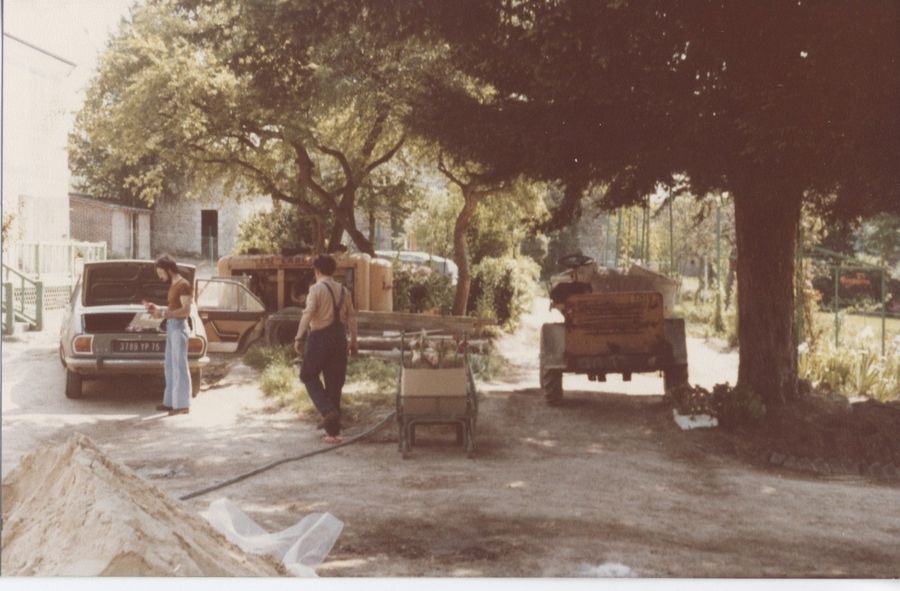
Eté 1977, devant la maison du maître impressionniste
I needed to leave a record of that huge work site and the historical research that was done. It is a historical record honouring Gérald Van der Kemp and Claude Monet. With this book, I’m passing the baton to my successors! Because there will be other seasons and other memories to pass on.
What state was the Giverny property in when you first set foot in it?
In September 1976, when I took up my role, a company called Frange had already undertaken major structural works. They had cleared the Clos Normand, marked out the paths and started planting. But because of the drought, everything was scorched. So we had to start again! Work hadn’t yet started on the water garden side. The banks had collapsed. Nothing was planted. It was a wilderness!
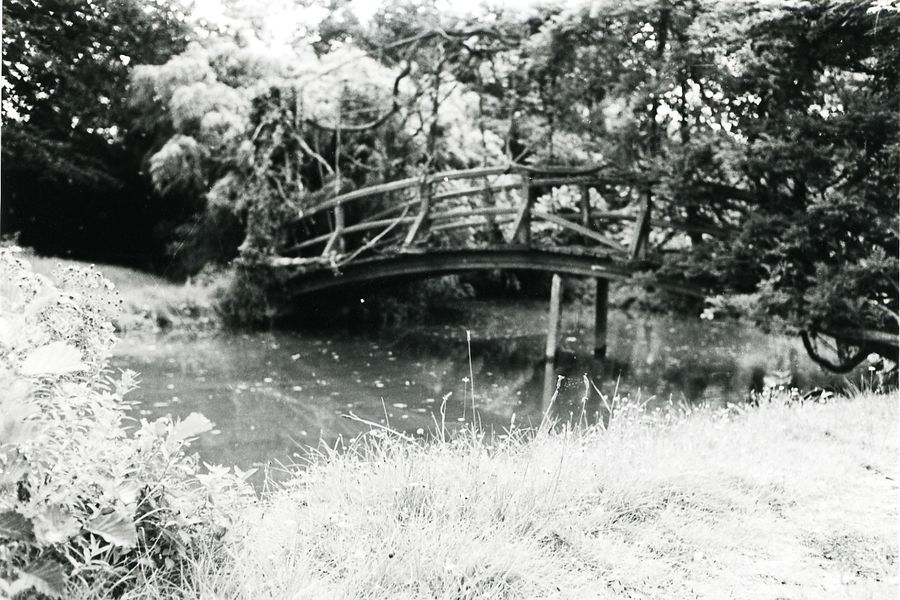
Le pont avant la restauration
Gérald Van der Kemp had decided to restore the garden to how it was at the end of Claude Monet’s life. The accounts of Jean-Marie Toulgouat, the artist’s step great grandson, were key as they gave us maps of the garden and the names of plants grown by the master of the house. The accounts of Robert Le Gal, Claude Monet’s gardener from 1913 to 1916, and André Devillers, Georges Truffaut’s head grower who visited Monet and his garden, were also crucial. As were several publications by Marc Elder and others, along with articles published in that period. And of course, Claude Monet’s paintings! The film by Sacha Guitry (Ceux de chez nous, 1915) and photos by Etienne Clementel were also extremely valuable to us for the water garden. Every account was important in its own way and often one little detail made all the difference!
What about the areas for which you have no historical record?
We used our instincts! In addition to the accounts and historical photos, we needed a genuine understanding. One example is the central path as it was designed by Monet. I didn’t understand the difference in style between the spring plantings which resembled spots of colour and the summer and autumn ones which had a more monochrome style. But after looking through the archives and correspondence, I found that Monet had visited Bordighera soon after moving to Giverny. So I went there and then I understood! There, faced with that abundant vegetation, it suddenly clicked and I understood the changes that the artist had brought back to Giverny.
What kind of duo did you form with Gérald Van der Kemp?
We complemented each other. We did not always agree but he knew how to reconsider his opinions. Gérald Van der Kemp was a selfless, passionate person who strove for perfection. And he was a true visionary, confidently blending art and marketing! He was also an amazing chameleon, equally at ease amongst royalty and workers. He could change language, personality… Only one generation separated Claude Monet from Gérald Van der Kemp. In fact, they were quite similar and both driven by the same passions!
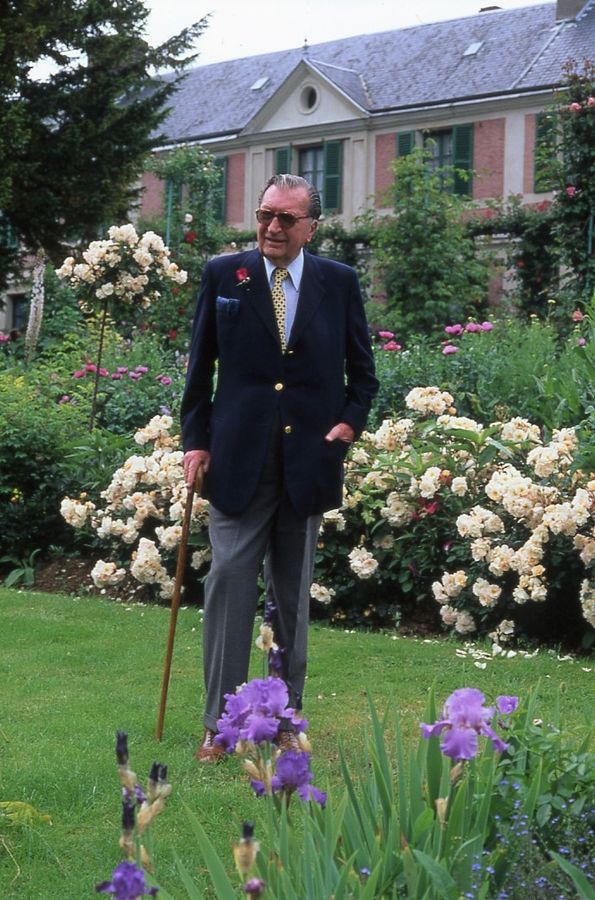
Gérard Van der Kemp



